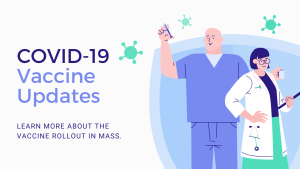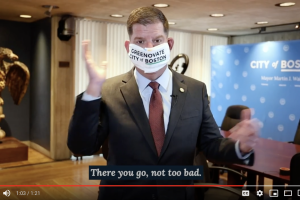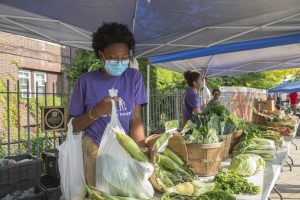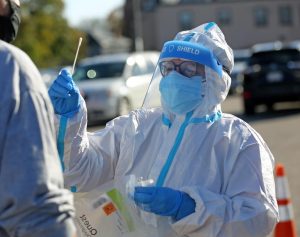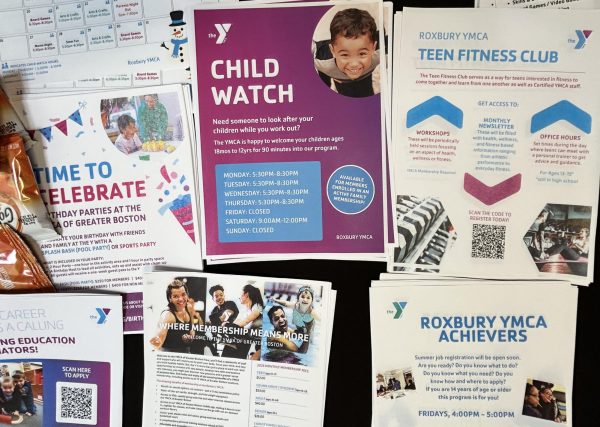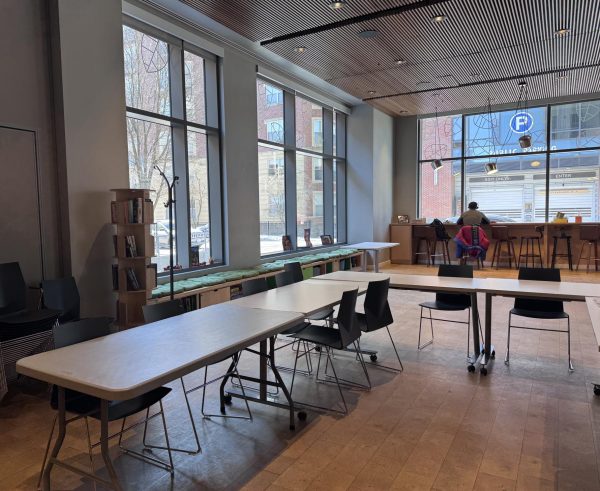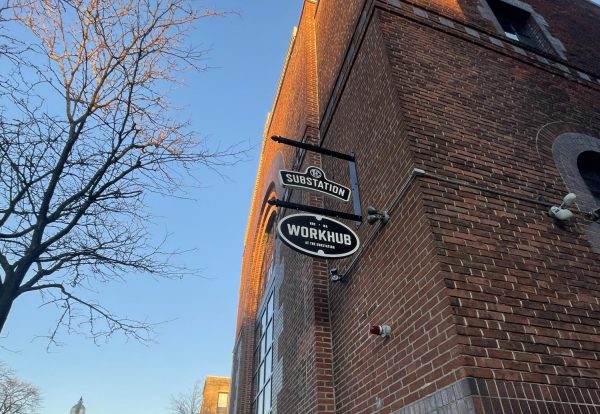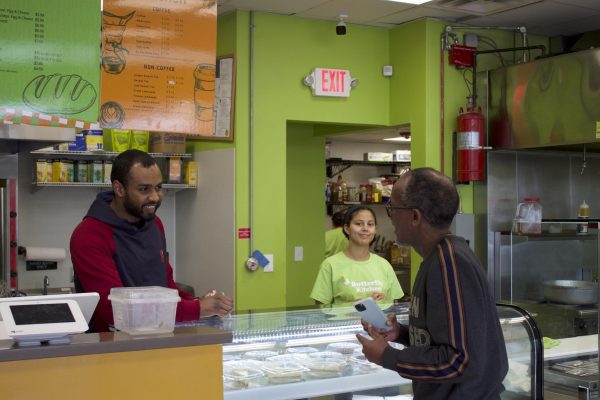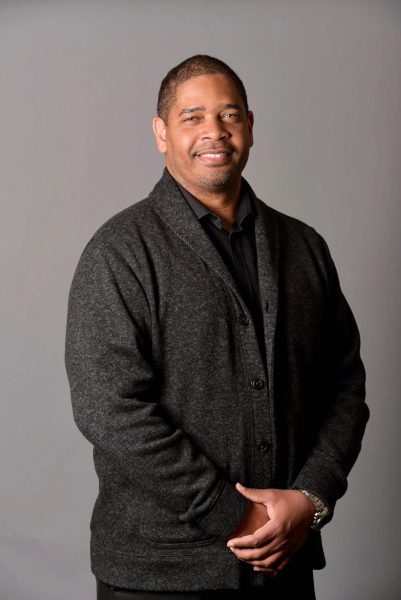GBH Education provides distance learning options for students and educators in Massachusetts
When COVID-19 first hit in March 2020 and schools were shut down, students and teachers had to adapt to remote and online learning almost instantly. The GBH Education team, fronted by Executive Director Seeta Pai, seeing the need for educational platforms, quickly worked alongside the Massachusetts Department of Elementary and Secondary Education to provide educational material on television, especially to those students who had limited or no access to the internet.
Pai, who has had more than two decades of experience researching and working in the field of children’s media and education, came onto the GBH Education team in 2017 and has led her team to target inequity in education. The team works with teachers and students in classrooms, and establishes partnerships with community organizations.
Since March, they have curated more resources for PBS Learning Media, a distance learning hub for online educational opportunities as well as bilingual initiatives in English and Spanish.
On a more structural scale, the team has also begun diving into building a framework for diversity and equity and science educational media, looking at representation in educational media and the way it’s taught. One way they’ve done this is to include educators in every teacher webinar or conference presentation and provide them with a platform to present their experiences.
“All of this is reflective of our mission on equity, and in particular, GBH Education has a compass that we use to think about how to do this equity work,” Pai said. “It’s a three-part framework, we call it respond, include and represent, or for us, with us and by us.”
The Scope spoke with Pai on what the past year has been like for GBH Education and how this experience will influence the future of the work that her team will take on.
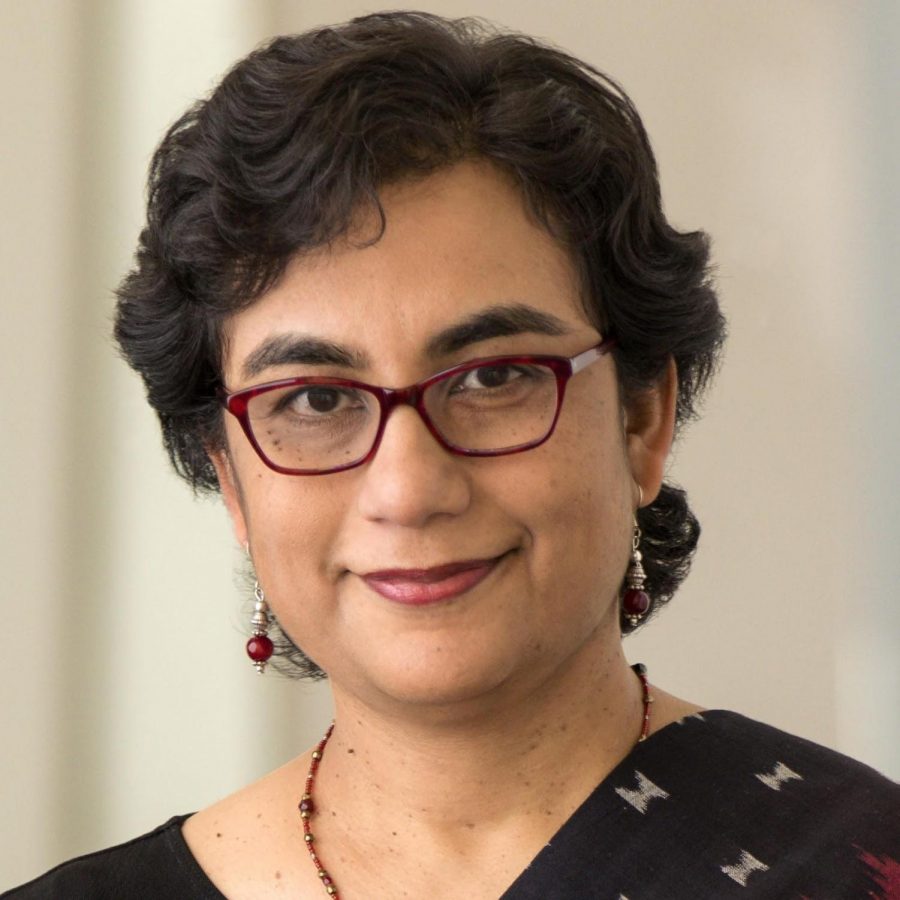
Could you outline what the GBH Education has been doing in the past year?
As far as the last year goes, as you will know we’re coming up on a year of what I like to call the Zoom Doom situation here with the pandemic, and in fact, also a lot of civil unrest around social justice issues. We quickly curated a distance learning hub for Massachusetts, which included self-paced lessons for students so teachers could assign or parents looking for educational materials could provide educational opportunities for the students who were connected through the internet. But then we also realized that there was some subset of the population that wasn’t well connected or under connected either because they didn’t have their devices yet, hotspots, or just were in a situation where they were sharing devices or had other constraints. So, we quickly pulled together an afternoon-at-home learning block that we broadcast on our World channel, which is free to air and comes over the air and through cable. We put together a really great set of educational films to air during that block for those kids who were stuck at home and they were particularly focused on six to twelfth graders. We also fairly soon after that formed a partnership with the Massachusetts Department of Elementary Education and Care to provide some relief for those families particularly who were looking for educational materials.
What were some of the initial challenges after launching this program?
One of the things that we heard from teachers was how to engage kids. It’s a problem on both ends of the spectrum: little ones, they’re not meant to be on a screen for that long. They’re really little ones that don’t even know how to navigate the various buttons and so forth, necessarily, and then the older ones are just disengaged. It can be boring to just sit and stare at a screen, or they have issues. It’s not unique to us or Massachusetts but those are the issues that nobody had, that people had to think about very quickly.
That being said, the situation has exposed and exacerbated a lot of inequities. In some cases, kids themselves are having to go out and be wage earners during COVID. I know internationally it’s a huge problem but, in this country, to the kids who’ve had to quit school, or quasi-quit school, in order to earn, or who are disengaged and having mental health issues from the lack of socialization and just so that it’s some deep issues, inequities and disparities that have surfaced.
The third challenge is changing how we work with educators. For one thing, about 13% of teachers had never taught with digital media before the pandemic. We saw that there was a drop in confidence that teachers expressed in teaching with digital media. Teachers were desperate for more support, they wanted more professional development, they wanted more resources. But we also found that rural students, students in Title I schools and students in public schools were disadvantaged by lack of access to devices and internet access. So, it’s just a reminder that even though it seems like everybody’s online, a lot of students aren’t or aren’t reliably so.
I was curious to know whether your prior experiences such as your research regarding kids’ and teens’ media use impacted this initiative you took with GBH?
I want to make sure that my whole team is uplifted. We couldn’t do our work without the team; I like to think that I’m kind of cheering them along from the sidelines.
I think for one, coming in knowing that there were differences in access, differences in how media used, differences in what types of profiles of media use that are going beyond just the numbers you often hear people talk about, recognizing that there are places where media are really great and effective and essential, almost like there are some things that it’s almost impossible to do without media. But there are some things that the media is not appropriate for. There are certain things that young children need to learn, for example, with other people and by touch and feel. So, knowing what media affordances are and what they’re good for and what they’re not was really important. Another thing that I did in my past was create a system to rate and review education, the educational content or learning potential of EdTech resources. And so, I know what makes good media or think deeply about if we are creating media for it to be used for its best potential.
Where does your team go from now? What happens after the pandemic?
What we’re noticing is that there’s still a very high trend of use of media and I think that it’s probably going to stay at a higher level of use than before. Like everyone is saying, certain things have changed quite a bit; how we work, we may not travel as much anymore. We’re also paying attention to the fact that we now have a lot more kids who are connected or who are learning how to use media and want to be authors themselves, rather than just consuming content. I think that the equity issues that we already were aware of, are even more up front and in our faces. We are really thinking hard about how we make sure we’re doing that and how we are representing communities and who it is that’s making the media. I think the piece that we’re going to also focus on is how do we include students, youth and kids in our content and so it’s not just adult focused, making sure that we’re including kids voices and perspectives in the work that we do.


